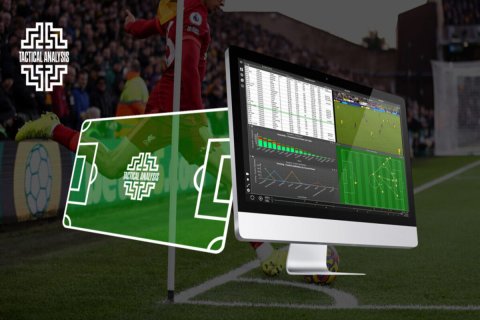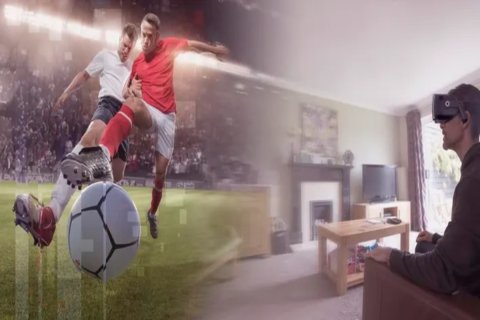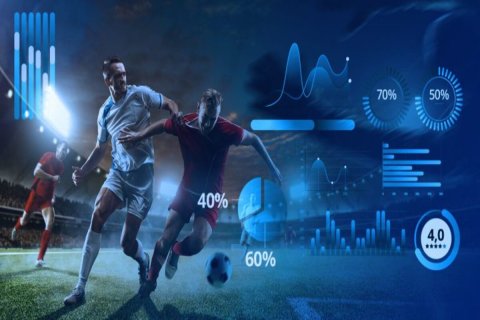From smart cleats to AI-integrated wearables, soccer equipment in the U.S. is entering a revolutionary phase.
The Evolution of Soccer Gear: More Than Just a Ball and Boots
Soccer equipment in the U.S. has transformed from basic essentials into a high-tech arsenal designed to boost performance, prevent injuries, and personalize training. In the past, players relied on standard cleats, simple shin guards, and cotton jerseys. Today, however, they are stepping onto the pitch armed with intelligent sensors, data-driven gear, and performance-enhancing materials that are redefining the sport.
This evolution is not just about innovation for the sake of novelty. It is driven by a demand for higher standards, athlete safety, and greater individual development. As soccer continues to grow in the U.S., both professionally and at the grassroots level, the equipment supporting the game must keep pace with its explosive development.
Smart Cleats: Technology Beneath Your Feet
One of the most groundbreaking innovations in soccer gear in recent years has been the development of smart cleats. These aren't just footwear—they’re performance-tracking devices. Embedded with microchips and sensors, smart cleats can record data such as distance covered, speed, acceleration, kicking force, and even foot positioning.
Companies like Adidas and Puma are investing heavily in cleat technology. These devices connect wirelessly to mobile apps, allowing players and coaches to review data after each session or match. The ability to monitor performance metrics in real-time is changing the way players train, recover, and analyze their gameplay.
For American soccer players, especially those in development academies and college programs, this tech offers a competitive edge. It helps identify physical weaknesses, monitor workload, and fine-tune technique with scientific precision.
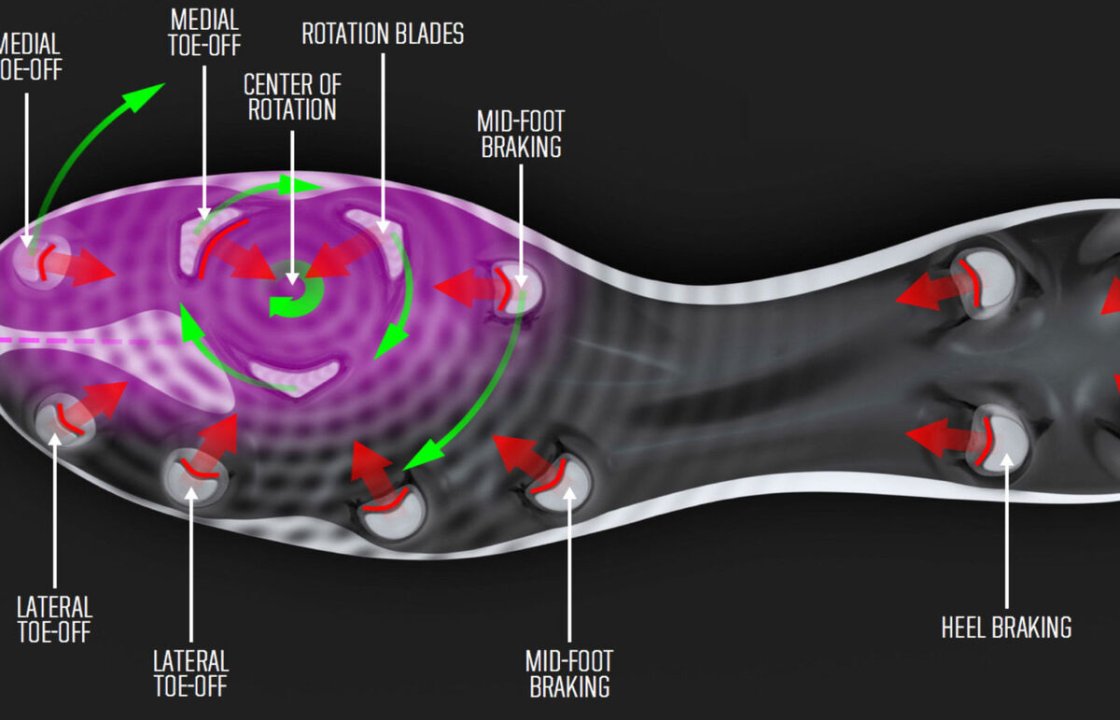
Smart Balls and Data-Driven Drills
It’s not just cleats that are getting smarter. The soccer ball itself has undergone a high-tech makeover. Sensor-enabled balls can now measure spin rate, trajectory, ball speed, and strike accuracy. These balls, developed by companies like DribbleUp, Adidas, and BallTalent, are being used widely in the U.S. by youth academies and even in semi-professional settings.
This new generation of soccer balls pairs with mobile apps that track a player’s touches, passes, and shots, creating personalized feedback for development. For coaches, the ability to assess a player’s technical ability through data rather than just observation creates more targeted training regimens.
Incorporating this data into daily practice routines means players can focus on precise improvements, accelerating their development compared to traditional training alone.
High-Tech Wearables: Monitoring the Invisible
Perhaps the most significant leap in soccer gear comes from wearable technology. Wearables like the Catapult GPS vest, WHOOP band, and STATSports Apex are widely used by Major League Soccer (MLS) teams and are increasingly filtering down into youth academies across the U.S.
These devices track heart rate, fatigue, recovery time, hydration levels, and sleep quality, offering a full 360-degree view of an athlete’s health and performance. The importance of such detailed physiological monitoring cannot be overstated, especially in a sport where endurance, agility, and quick recovery are crucial.
Not only does this help players avoid overtraining injuries, but it also aids in mental preparation. Knowing your body’s limits—and how to push them responsibly—is a vital part of elite performance.
The Rise of Customization: Gear That Fits You and Only You
Another trend gaining traction is equipment customization. Players in the U.S., especially those in elite development programs, are now using 3D scanning and printing to design custom-molded shin guards, insoles, and even lightweight exoskeleton supports.
This personalization reduces discomfort, improves protection, and enhances performance. No more one-size-fits-all gear—today’s players benefit from gear that is literally built around their body’s biomechanics.
Additionally, apparel brands are now offering jerseys made with breathable, moisture-wicking nanotechnology fabrics that regulate body temperature and increase comfort during intense matches. Some kits even include anti-bacterial properties to reduce odor and infection risk.
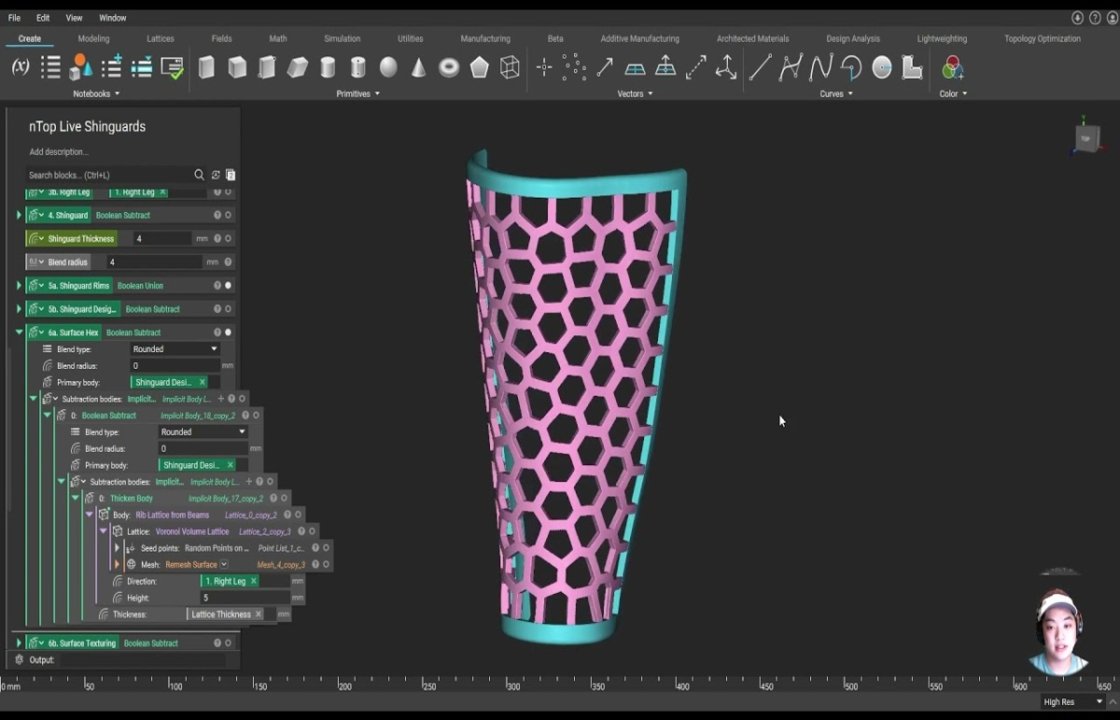
Virtual Reality and Augmented Training
Innovations in virtual reality (VR) and augmented reality (AR) are not gear in the traditional sense, but they are becoming an essential part of training equipment in the U.S. soccer ecosystem.
Companies like Rezzil and MiHiepa are developing VR headsets and platforms where players can practice decision-making, reaction time, and positional awareness in simulated environments. These are especially useful for players recovering from injury, allowing them to stay mentally sharp without physical strain.
AR is also being used to project real-time feedback during training, offering a new level of visual learning and interactive coaching that was previously impossible.
Sustainable Soccer Gear: Innovation for the Planet
In parallel with performance-driven innovation, there's been a surge in sustainable equipment manufacturing in the U.S. Soccer brands are turning to recycled plastics, plant-based materials, and eco-friendly production processes to reduce environmental impact.
Cleats made from ocean plastic, jerseys manufactured with solar-powered energy, and biodegradable shin guards are now available for eco-conscious players and teams. As awareness of climate issues grows, this type of innovation will become increasingly essential, especially among younger generations of athletes who value sustainability.
Innovation Meets Accessibility
One of the most inspiring trends in the U.S. soccer equipment industry is the focus on inclusive innovation. Designers are developing adaptive gear for athletes with disabilities, including prosthetic-compatible cleats, ball-handling aids, and sensory-friendly kits.
This democratization of equipment is making the beautiful game more accessible and inclusive than ever before. And in a country as diverse as the U.S., innovation that meets different needs and bodies is not just progressive—it’s necessary.
SIA Academy and the Equipment Revolution
At SIA Academy, we are not just observers of these innovations—we are active participants. Our training programs in the U.S. incorporate smart balls, wearables, and personalized equipment to optimize the player development process. By using data from cleats and wearables, we craft customized training sessions that focus on individual growth and injury prevention.
We also educate our athletes on the use of VR tools to improve decision-making and spatial awareness, especially during tactical sessions. Through partnerships with tech-driven companies and sports scientists, SIA Academy ensures that each player has access to the most advanced resources available.
We believe that modern soccer demands modern solutions. And by integrating the latest soccer gear into our development pipeline, we give every player the tools not only to succeed—but to thrive—in today’s competitive soccer landscape.

